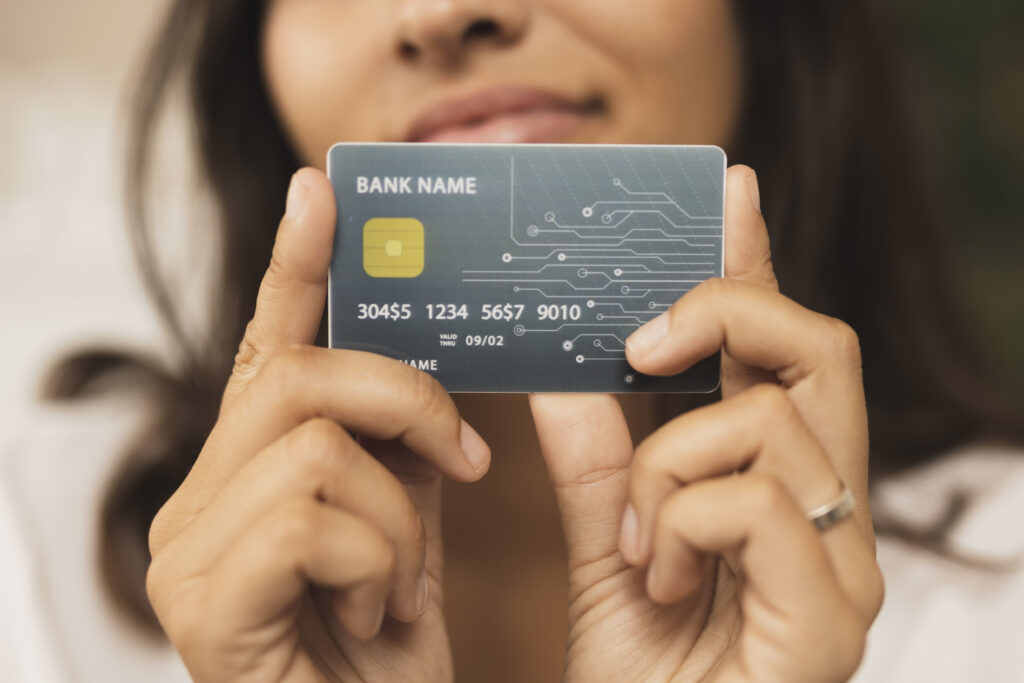Multi-Currency and Crypto-Enabled Cards: The Future of Global Spending
Discover how multi-currency and crypto-enabled cards are revolutionizing international payments. Learn their benefits in this guide.
Pay in dollars, euros, or crypto—anywhere, anytime.
In a world where digital finance is evolving at lightning speed, traditional payment systems are struggling to keep up.
Enter multi-currency and crypto-enabled cards—a new breed of financial tools designed for the global, mobile, and tech-savvy consumer.
These innovative cards are changing how people spend, save, and manage money across borders. Whether you’re a frequent traveler, a digital nomad, or a crypto enthusiast, these cards are transforming your wallet into a powerful hub of financial flexibility.
Let’s explore what they are, how they work, and why they might be the future of global payments.

What Are Multi-Currency and Crypto-Enabled Cards?
At their core, these cards are payment tools that allow users to hold, convert, and spend money in multiple fiat currencies (like USD, EUR, GBP) and cryptocurrencies (like Bitcoin, Ethereum, or stablecoins).
They usually operate on established networks like Visa or Mastercard, which means they’re accepted at millions of merchants worldwide.
But unlike traditional debit or credit cards, they’re linked to digital wallets that can hold a diverse portfolio of currencies—both fiat and crypto.
These cards automatically convert your chosen currency at the point of purchase. This means no surprise conversion fees, no juggling separate accounts, and no scrambling for local currency abroad.
It’s all in one card—streamlined, secure, and smart.
Key Features and Benefits
1. Global Flexibility:
Multi-currency cards give you access to several currencies simultaneously. You can spend euros in Spain, yen in Tokyo, or dollars in New York—all with a single card.
Crypto-enabled cards add another layer, letting you use Bitcoin or Ethereum directly at checkout, often converting them to fiat in real time.
2. Real-Time Conversion:
These cards typically use competitive exchange rates, sometimes even mid-market rates.
The best providers allow instant conversion between currencies with little to no markup, giving you better value than traditional banks or airport kiosks.
3. Integrated Wallets:
You don’t just hold money—you manage it. Most providers include powerful mobile apps where you can track spending, exchange currencies, freeze or unfreeze cards, and even stake crypto for rewards.
4. Enhanced Security and Privacy:
Advanced encryption, two-factor authentication, and the ability to instantly lock your card from your phone add robust layers of protection.
Many cards don’t store your sensitive banking information directly, reducing the risk of fraud.
Who Can Benefit Most?
Frequent Travelers:
Tired of high conversion fees and complicated foreign transactions? These cards simplify the process and often include perks like travel insurance or airport lounge access.
Remote Workers and Expats:
Get paid in one currency, spend in another—without losing money to poor exchange rates. Crypto compatibility adds further options for receiving and managing cross-border payments.
Crypto Investors:
Instead of selling assets through exchanges, you can now spend crypto seamlessly. These cards offer a bridge between decentralized finance and everyday use.
E-commerce Shoppers:
Buy from global sites without hidden fees or worrying about which currency is accepted. The card handles all the back-end conversions.
What to Look for in a Card
- Supported Currencies and Cryptos:
Ensure the card supports the ones you use most frequently.
- Fees:
Check for transaction fees, ATM withdrawal charges, and crypto conversion costs. - Exchange Rates:
Look for cards offering mid-market rates or clearly defined exchange policies.
- Regulatory Compliance:
Use cards issued by licensed institutions with good reputations for transparency.
- Rewards and Cashback:
Some cards offer crypto cashback, loyalty points, or staking bonuses for holding certain tokens.
Challenges and Considerations
Although these cards are innovative, they come with limitations. Crypto volatility can affect how much you’re really spending. Regulatory hurdles may restrict access in some countries.
Additionally, if the card provider fails to comply with financial standards, your funds could be at risk.
Moreover, not all merchants accept crypto—even if the card converts it to fiat. Sometimes, delays in transaction processing or network issues can cause hiccups. Always read the terms and conditions and keep a backup card for emergencies.
The Road Ahead
The rise of multi-currency and crypto-enabled cards reflects a larger shift toward decentralized and borderless finance.
As blockchain adoption grows and consumer demand for flexibility increases, we’re likely to see more powerful features—like DeFi integration, NFT-linked perks, and biometric authentication.
Banks and fintech firms alike are investing heavily in this space. The next generation of cards could offer dynamic spending limits, AI-based budgeting, and even built-in tax tools for crypto transactions.
What’s clear is that the future of payments isn’t just contactless—it’s currency-agnostic.
Final Thoughts
Multi-currency and crypto-enabled cards aren’t just a tech trend—they’re a financial revolution.
They empower users to take control of their money in ways that traditional banking never could.
Whether you’re managing personal finances, running a global business, or exploring the crypto frontier, these cards offer unmatched versatility and convenience. Ready to upgrade your wallet? The future is already in your hand.







